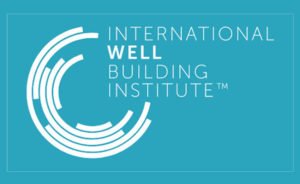Following on from BREEAM, DivercityMag takes a look at the WELL construction standard. The two certifications are in fact complementary: the first concentrates more on the sustainability of buildings while the second considers the health and well-being of the occupants of a building.

International Well Building Institute
The worldwide WELL Building Standard, created by the WELL Building Institute, is based on several criteria that contribute to the health of the occupants of a building: air, water, food, light, physical activity, thermal comfort, noise, materials, spirit, society as a whole.
A few relevant examples:
- Encouraging the use of stairs rather than installing a lift in the entrance of a building
- Promoting consumption of healthy, tasty foods at the canteen
- Making a rest area available to everyone
- Imagining airy, bright, open spaces that foster communication, calm and well-being. And therefore, inevitably, professional performance.
Recently, following the worldwide health crisis, a covid-safe label has been added to the WELL standard: WELL health safety seal.
BREEAM vs WELL
The BREEAM concerns the building which is certified upon delivery. In the case of WELL, the criteria mentioned above largely depend on the occupants: it is difficult for a property developer to guarantee that a bowl of fresh fruit will be offered to the occupants every week! The constructor will therefore prepare the building for core and shell certification (core and shell). Consequently, it is up to the occupants to aim for the final WELL certification that comprises three levels: Silver, Gold and Platinum. The level may even change over the course of the life of the building.
It is a collaborative standard that requires input from both the developer and the occupant for it to be obtained. It is worth noting that there is nothing mandatory in the WELL standard, but it is on a voluntary basis. However, it is undeniable that a WELL pre-certification provides added value (both financial and human) to a real estateproject.
Tags: WELL Building Institute, WELL health safety seal, WELL standard, well-being at work.



































